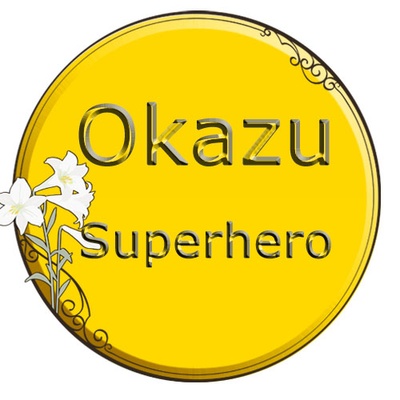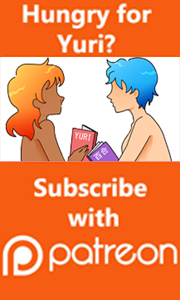![]() If Sailor Moon Stars did nothing else in the way of being extremely gay, it could easily ride on it’s reputation as an extremely gay anime for the rest of the series. But…it doesn’t. Because in Sailor Moon Stars Limited Edition, Part 1, Disk 3, Haruka and Michiru show up, are extremely gay, and then Aluminum Siren and Lead Crow show up and are also extremely gay.
If Sailor Moon Stars did nothing else in the way of being extremely gay, it could easily ride on it’s reputation as an extremely gay anime for the rest of the series. But…it doesn’t. Because in Sailor Moon Stars Limited Edition, Part 1, Disk 3, Haruka and Michiru show up, are extremely gay, and then Aluminum Siren and Lead Crow show up and are also extremely gay.
In regards to this disk I have some good news and some bad news.
Let us begin with the beginning. Sailor Moon learns from Setsuna, Haruka and Michiru that the enemy is definitely from outside the Solar System and that both Chibi-Chibi and the Starlights might, possibly, be bad. We definitely cannot trust them, for sure. This despite the fact that we definitely seem to be able to trust the Starlights to not throw us at the enemy as a distraction. And we finally learn of Sailor Galaxia.
The first and most persistent of the several not-good things in this part of the story is that exactly zero new ideas appear in this series. The Starlights take over for the Outers in Stars with “we are not allies, despite all evidence to the contrary” and “they cannot be trusted”– exceptionally ironic coming from the Outers who, you may remember 2 whole years earlier were in the exact same position. Chibi-chibi is given the exact same cover story as Chibi-Usa. If we were rational beings, about now, we’d doubt the writer’s abilities. But no, we too have been besotted and smile and nod like this isn’t the laziest writing in the known universe.
Worse – and worst, IMHO – is the aggressive ball of toxic masculinity passed off as perfectly normal. Seiya and Haruka are ridiculous at each other. Seriously if they were real people saying this shit, we’d be like, “dudes, you have some issues.” And Michiru has developed a deeply not-real-world okay tic of shooting Haruka down in public. Passive-aggressive much Michiru? I will handwave Michiru’s behavior toward Seiya, pretending that she also sensed something and wanted to be sure, or something…but “or something” was what I said a lot during this bit. Worst, when Usagi went to help a hurt child she made him feel insecure about his pain and told him that boys don’t cry. That…actually really annoyed me. What a hypocritical thing for her, of all people, to say.
On the positive side, Haruka and Michiru, having come completely out of any small closet they were in are gaying around town. You know they are. They say really suggestive stuff right in front of us, so only the most aggressively clueless among us can still pretend they are not gay, by covering their eyes and ears when they are on the screen. This is so classic “we are out of the closet, dammit” behavior, I actually find it a bit cute. ^_^
And then the surprisingly adult pair of Aluminum Siren and Lead Crow show up and again, you’d have to be ignoring every single thing about them to not see how much of a partnership they are. Next disk, they will prove me correct.
The art on this disk is not particularly good, but there is no inconsiderable effort to show Ami, Rei, Makoto and Minako as visibly more grown up than they were in previous seasons. I appreciate those touches.
Ratings:
Art – 4
Story – 7 Much less bad than I anticipated
Characters – 7
Queer – 9
Service – 5 The Inners have racks, too. When we seem them shirtless, the Three Lights don’t have a six-pack. They deserve six-packs.
Overall – 7
Overall, this disk isn’t nearly as bad as I remember, and I find myself not-disliking the Starlights as much as expected to. I’ll even grant that Seiya might even be good with Usagi, if it weren’t for Mamoru. It’s hard to not be angry at Mamoru for making Usagi sad, but as he’s dead, I’ll give him a pass.


